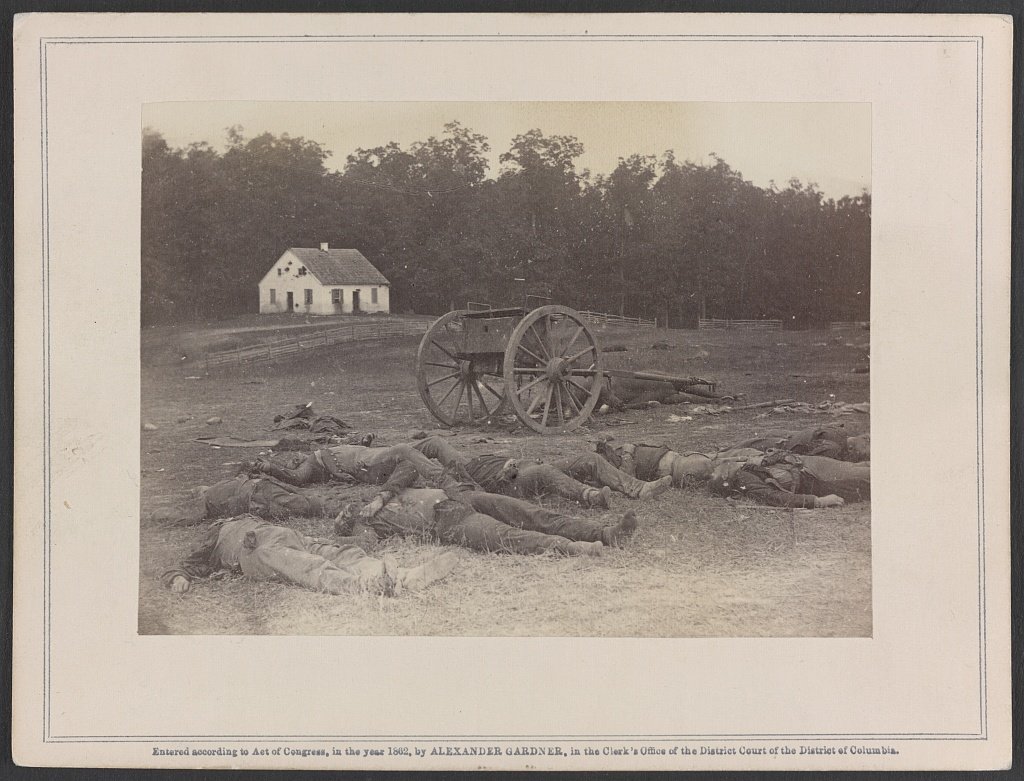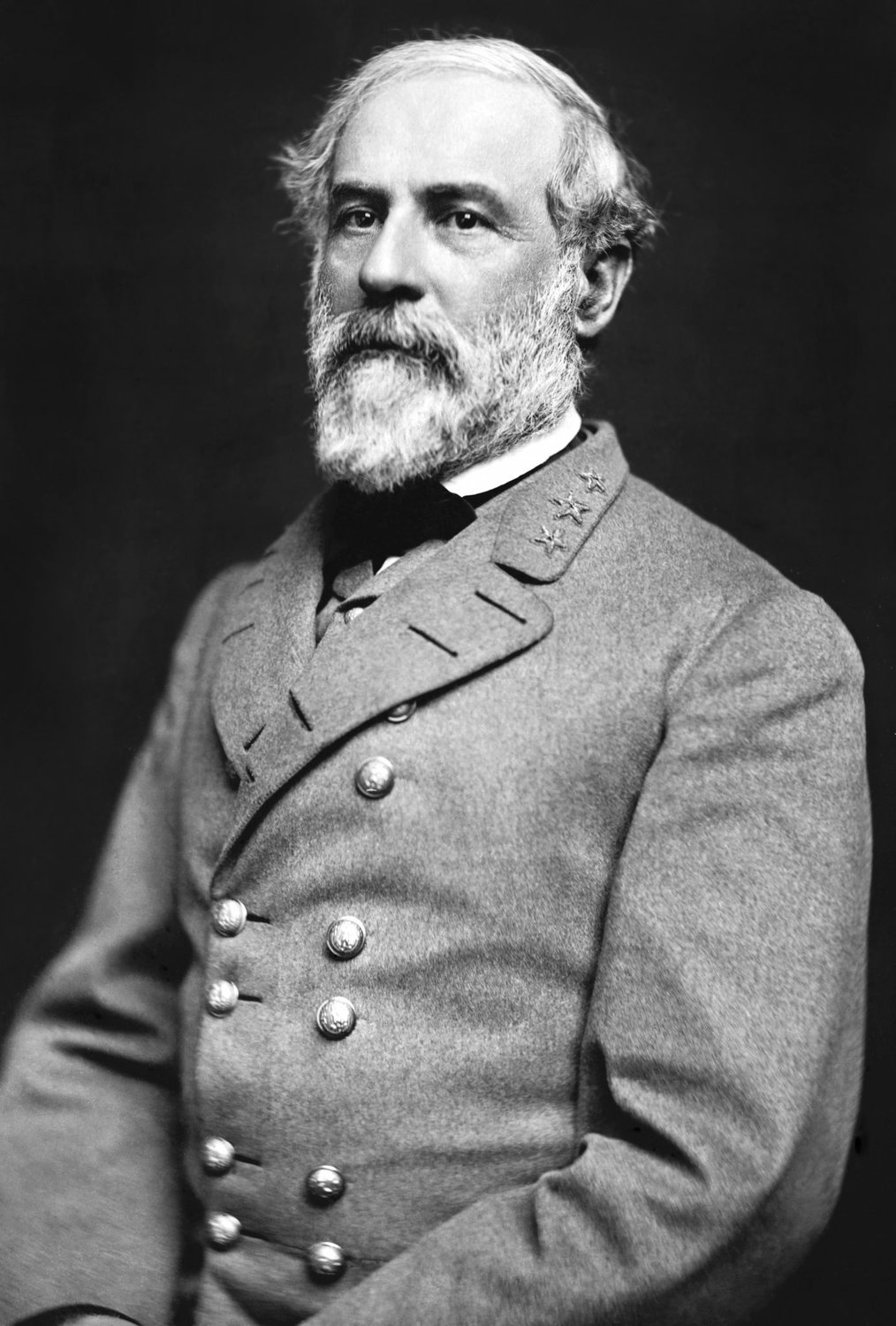
A field near Bloody Lane at Antietam National Battlefield in Sharpsburg, Maryland. Photo courtesy of Wikimedia Commons.
Depending on your location in relation to the Mason-Dixon Line, you may know it as either Antietam or Sharpsburg — the former being a local creek and the latter being the nearest town. Northerners referred to battles by bodies of water and Southerners by cities or towns. Regardless of what you call it, the Civil War battle that took place on Wednesday, Sept. 17, 1862, remains the bloodiest day in American history.
The most accurate estimate comes in at 22,717 casualties — 12,401 Union soldiers and 10,316 Confederates. That’s a 17% casualty rate out of the 132,000 troops who engaged in the battle, and more losses were suffered that day than the entire number from the American Revolution, War of 1812, and the Indian Wars combined. For a more recent comparison, that’s equal to all those killed or wounded during the 20 years of operations Enduring Freedom and Freedom’s Sentinel in Afghanistan.
The lead-up to the battle began when Confederate Gen. Robert E. Lee launched his first invasion into the north in September 1862 with the ultimate goal of taking control of Washington and securing the backing of European powers for the South’s war effort. While things did not turn out as Lee had hoped, the general sought to fight one more time in Maryland. He chose a spot just 5 miles from Shepherdstown, Virginia (now West Virginia), across the Potomac River to make a final push.

Lee chose this place of battle for a couple of reasons. The area around Sharpsburg is hilly yet open countryside, which would prove advantageous for moving infantry and providing long-range artillery cover. Antietam Creek itself was deep and had a swift current, and only three bridges crossed it, making the creek a perfect location for defensive actions.
Countless books made up of thousands of pages and millions of words have been written about this engagement, so instead of trying to cover it in its entirety, we’ll focus on three key areas of the fighting.
Miller’s Cornfield
Union Gen. Joseph Hooker opened the battle in and around a 24-acre cornfield owned by D.R. Miller. Both sides poured troops into the crops and butchered one another in a series of vicious attacks and counterattacks. One brigade from Louisiana suffered 60% casualties in just 30 minutes. After the battle, Hooker remarked that “every stalk of corn in the northern and greater part of the field was cut as closely as could have been done with a knife, and the slain lay in rows precisely as they had stood in their ranks a few moments before.”

Bloody Lane
A simple farm lane was known by locals as the Sunken Road before the battle, but it would be forever known as Bloody Lane after the battle. In this position, Confederates held out against Union forces for more than three hours, despite being outnumbered almost five to one. After the position fell to the Federals, the scene was described by soldiers as a “road of death” and a “ghastly flooring.” When the battle was over, a local resident surveying the site noted that the dead “were lying in rows like the ties of a railroad, in heaps like cordwood mingled with the splintered and shattered fence rails.”
Burnside Bridge
Of the three bridges crossing Antietam Creek — Upper, Middle, and Lower — the Lower Bridge would be most crucial to the battle. Defended by just 500 Georgians under the command of Brig. Gen. Robert Toombs, the bridge repelled two assaults from Gen. Ambrose Burnside’s IX Corps before finally being breached on the third attempt.
A Union soldier who attempted to cross recalled that the Confederate defenders “were snugly ensconced in their rude but substantial breastworks, in quarry holes, behind high ranks of cordwood, logs, stone piles, etc.”

Despite having to fall back, the Confederates managed to buy enough time for Gen. A.P. Hill’s soldiers to arrive and reinforce the line. Toombs’ Georgians suffered 24% casualties.
History has remembered the spot as Burnside Bridge, where men under the general’s command from the 51st Pennsylvania and 51st New York regiments were the first to cross the bridge and drive the Confederates back toward the town of Sharpsburg.
There’s no denying the carnage and horror of what happened on that day in September. Worst of all, though: Union commander George B. McClellan and Confederate commander Robert E. Lee both claimed victory, with history regarding the outcome as inconclusive. Neither McClellan nor Lee could really say that he carried the day.
That’s not to say, though, that there was nothing of consequence to come from the battle. President Abraham Lincoln was able to parlay the results of the battle into the Emancipation Proclamation. Effective Jan. 1, 1863, Lincoln declared all slaves held in the states in rebellion to be free. While the proclamation itself did not end slavery, it changed the focus of the war from a battle of political ideologies to a struggle over larger moral questions.

Antietam’s legacy is multifaceted and has evolved over the 16 decades since the battle was fought. It’s been studied in great detail by generations of historians, civilians, and soldiers. Some remember it as the first step toward freedom. Others analyze the battle as what to do and what not to do in combat. Antietam is seen through different lenses, but all perspectives blend to form a complete picture of what happened that day.
Bravery
“The truth is, when bullets are whacking against tree trunks and solid shot are cracking skulls like eggshells, the consuming passion in the breast of the average man is to get out of the way,” Pvt. David L. Thompson, Company G, 9th New York Volunteers, said.
Out of the carnage on that Wednesday some 159 years ago emerged tremendous acts of bravery. A total of 20 Medals of Honor were awarded to soldiers at Antietam. The youngest recipient was a 15-year-old bugler who put down his instrument to help operate a cannon when the 4th US Artillery Battery B was under fire and short on men because of the heavy casualties. He survived, fought at Gettysburg the following year, and lived until 1915. He is buried at Arlington National Cemetery.

Imagery
Photography was still in its infancy during the Civil War, and Antietam was the first time that images were captured soon after a battle’s conclusion. So immediate was the response by photographer Alexander Gardner — just two days after the battle — that he managed to photograph much of the battlefield even before the fallen had been buried.
Gardner captured about 90 images in total, and they were put on public display in famed photographer Mathew Brady’s gallery in New York City. For the first time ever, people were able to see the horrors of war as they actually were, not just as illustrations or woodcuts in a newspaper.
The New York Times stated that Brady was able to “bring home to us the terrible reality and earnestness of war. If he has not brought bodies and laid them in our dooryards and along the streets, he has done something very like it.”
Commemoration
Established as a national battlefield site in 1890, Antietam was transferred from the War Department to the National Park Service in 1933. Just like other battlefields, it has been threatened by development on multiple occasions. Despite this, Antietam National Battlefield is one of the most pristine historic sites in the country, appearing today in much the same way it did in 1862.
Today, the park consists of about 3,000 acres, and each year, more than 330,000 visitors descend on the fields outside of Sharpsburg along Antietam Creek to pay homage to the 132,000 soldiers and 22,717 casualties from America’s bloodiest day.
Read Next: How the 1st Female Detective Foiled an Assassination Plot Against Abe Lincoln

T. Logan Metesh is a historian with a focus on firearms history and development. He founded and runs High Caliber History LLC and has more than a decade of experience working for the Smithsonian Institution, the National Park Service, and the NRA Museums. His ability to present history and research in an engaging manner has made him a sought-after consultant, writer, and museum professional.
BRCC and Bad Moon Print Press team up for an exclusive, limited-edition T-shirt design!
BRCC partners with Team Room Design for an exclusive T-shirt release!
Thirty Seconds Out has partnered with BRCC for an exclusive shirt design invoking the God of Winter.
Lucas O'Hara of Grizzly Forge has teamed up with BRCC for a badass, exclusive Shirt Club T-shirt design featuring his most popular knife and tiomahawk.
Coffee or Die sits down with one of the graphic designers behind Black Rifle Coffee's signature look and vibe.
Biden will award the Medal of Honor to a Vietnam War Army helicopter pilot who risked his life to save a reconnaissance team from almost certain death.
Ever wonder how much Jack Mandaville would f*ck sh*t up if he went back in time? The American Revolution didn't even see him coming.
A nearly 200-year-old West Point time capsule that at first appeared to yield little more than dust contains hidden treasure, the US Military Academy said.












